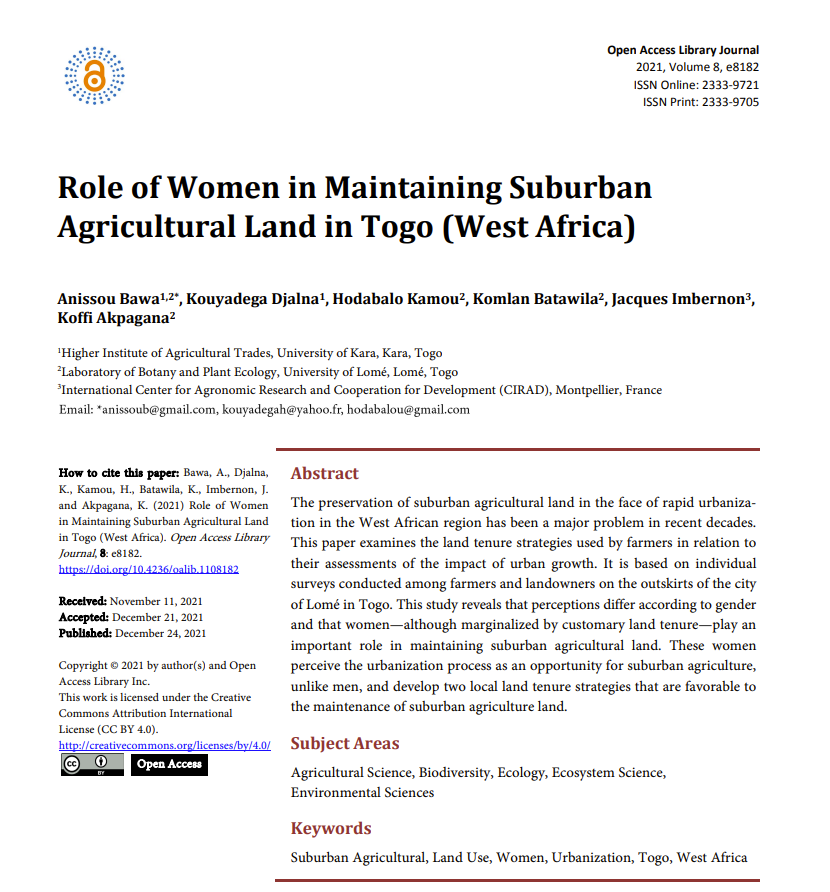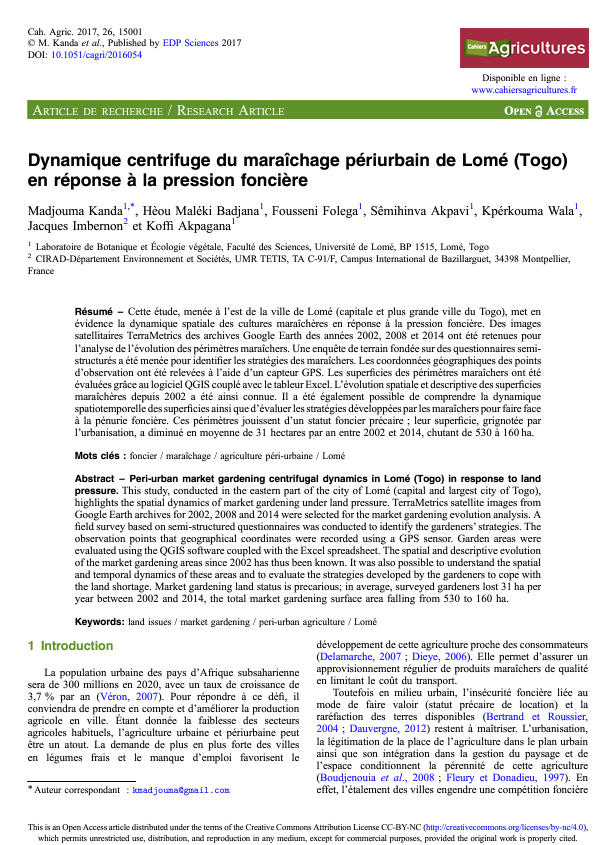The Urban Imperative
The volume emphasizes the need to rethink cities and to imagine a better urban future by providing the reader with diverse perspectives on urbanization such as the changing economic landscape, city competitiveness, entrepreneurship, inclusion, informality, sustainability, and provision of essential services.




